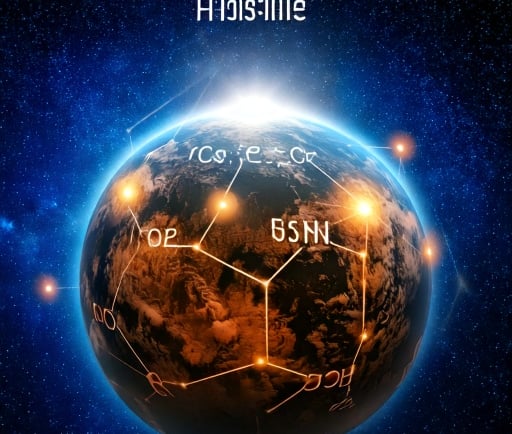The Role of Phosphine (PH3) in Detecting Biosignatures on Exoplanets


Introduction to Phosphine
Phosphine (PH3) is a colorless, flammable gas that possesses peculiar properties making it a subject of intense interest in astrobiology and planetary science. Its detection in the atmospheres of exoplanets, particularly in environments devoid of oxygen, signals potential biosignature activity. Understanding the significance of phosphine is crucial for the ongoing exploration of extraterrestrial life.
Phosphine: A Potential Biosignature
The intriguing detection of phosphine in distant atmospheric samples has spurred discussions regarding its role as a biosignature. In anoxic environments, where oxygen is scarce, the chemical pathways that could produce phosphine include biological processes, making its presence particularly tantalizing. For instance, on Earth, phosphine is produced by anaerobic bacteria, suggesting that similar microbial life could exist on other planets.
When scientists measure the spectral lines of gaseous compositions in the atmospheres of exoplanets, the presence of phosphine not only indicates a unique chemical landscape but also poses profound implications about the potential for life beyond our solar system. Its detection provides clues about the biological processes that may be occurring on planets light-years away.
Challenges in Detecting Phosphine
While the discovery of phosphine may signal potential life, identifying this gas in exoplanetary atmospheres is fraught with challenges. The techniques used for detection, including spectroscopy, require advanced instruments capable of discerning subtle spectral lines amidst the noise of other atmospheric components. Moreover, distinguishing between biogenic and abiogenic sources of phosphine is crucial for validating its significance as a biosignature.
Additionally, the interpretation of phosphine concentration levels must consider the planet's overall atmospheric chemistry and conditions. A comprehensive understanding of the specific environmental contexts where phosphine might arise is necessary to rule out false positives from non-biological processes.
Conclusion
The potential discovery of phosphine (PH3) as an indicator of extraterrestrial life opens up a plethora of research opportunities within astrobiology. As scientists continue to explore the atmospheres of exoplanets, the emphasis on phosphine detection provides a framework for understanding the conditions that might support life. Emphasizing the significance of phosphine in exoplanetary research, we move closer to unraveling the mysteries of the universe. By integrating technology and methodology, the quest to discern biosignature gases like phosphine will contribute richly to our understanding of life beyond Earth.
